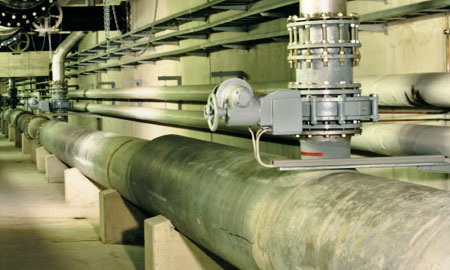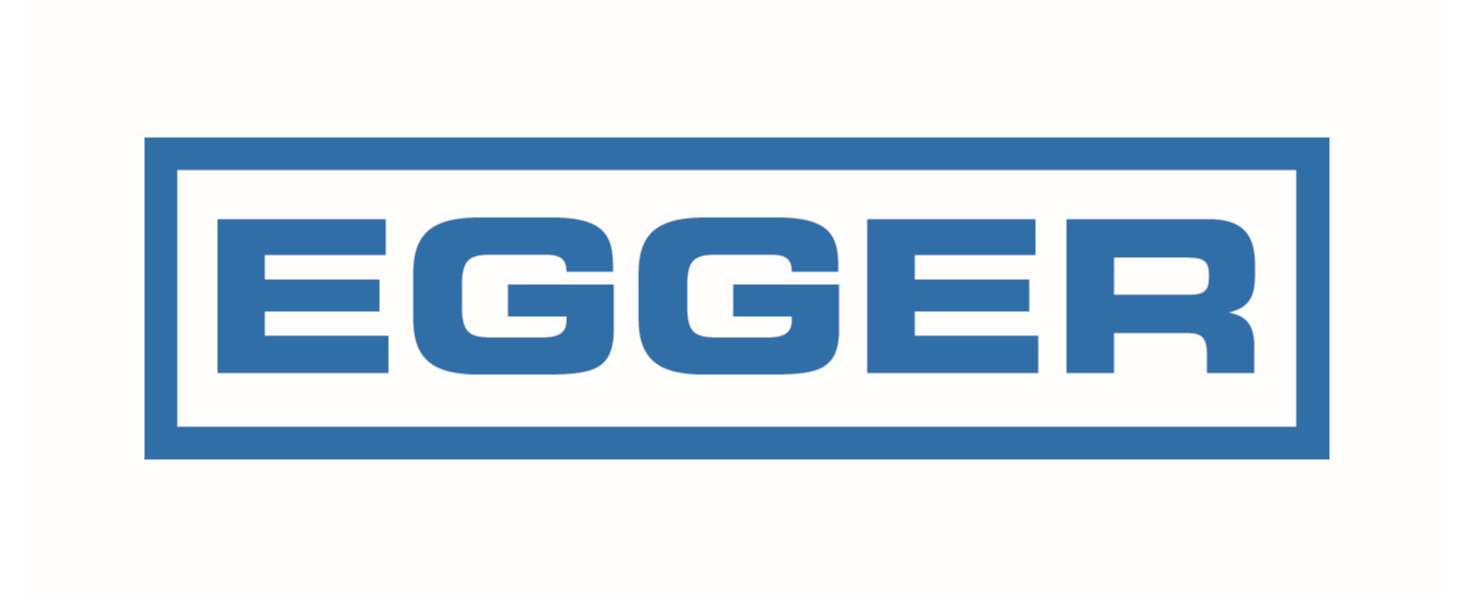Sewage Station in Germany
IRIS Control Valve In the FieldAirflow Control for Regulation of Oxygen in the Activated Sludge Tanks
The micro-organisms in activated sludge tanks require oxygen to reduce the substance matter in sewage.
When using a pressurised aeration system, oxygen is introduced into the tanks by means of a fine continuous compressed air supply, which is provided by a compressor or blower.
In many cases, several compressors or blowers are connected to a common compressed air duct, from where separate air supply lines go to the activated sludge tanks.
For an economical method of operation, it is necessary that the oxygen content in the individual tanks is constant. The regulation system is shown on the schematic drawing.
Oxygen regulation in the activated sludge tanks
Each pipeline supplying air to the activated sludge tanks incorporates a regulation valve, e.g. an iris diaphragm control valve. The tank oxygen level is measured by an oxygen probe. By comparing the reference value with the measured value via a three point controller, the regulating valve is repositioned accordingly, thus maintaining a constant balance.
Regulation of air volume output of the compressors or blowers
To adjust the output of the compressors or blowers to the varying volume of air required, it is necessary to maintain a constant pressure in the common compressed air duct.
The pressure in the air duct is measured by a pressure cell. The measured value determines if the compressors must be switched on or off, or if their speed must be regulated either by interchangeable poll speed or via a three point controller. The schematic drawing shows an example where one fixed speed compressor provides the basic load with a second variable speed compressor for load compensation.
This system was first successfully installed in Germany, where now the oxygen content in all 16 activated sludge tanks is continuously controlled and regulated by iris diaphragm control valves.

